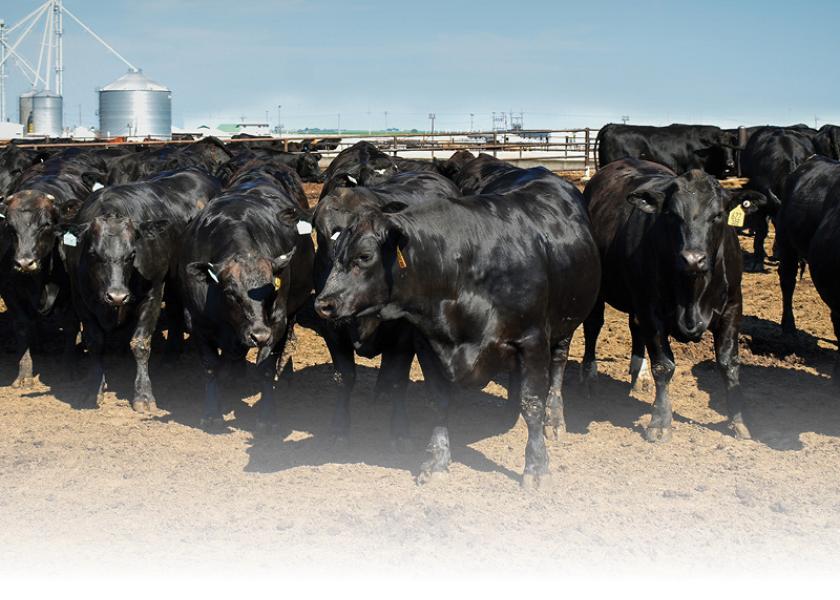No Bull – Proven Genetics Matter.

Benefits of looking beyond specific breed attachment in your sire selection for a beef on dairy program.
As dairy producers gain more traction in the milk AND meat supply chain, the industry looks to secure a breeding program that they can count on. Regardless of breed, experts emphasize that genetics continue to be key. Dale Woerner, of Texas Tech University, keeps looking forward. Woerner, a meat science Ph.D and Cargill Endowed Professor, says the most recent studies of beef on dairy breeding show specific genetics within a few different breeds perform significantly higher in beef on dairy programs. He advises producers to look beyond EPDs to focus in on specific genetics that will increase profitability.
- Sign up to get more beef on dairy information -
When selecting proven genetics, Woerner notes the importance of looking at how they will improve the more terminal carcass traits of a beef on dairy cross.
Generally, dairy beef has a smaller ribeye area. Using the right composite of beef genetics to help improve this adds value to that calf.
In general, dairy breeds have adequate marbling; some need help. Beef on dairy crosses are desirable because of the ease of marbling and the pounds of product they can create.
While Holstein steers take the longest to reach finish weights, beef on dairy calves also tend to take more time to finish than their native beef counterparts. However, Woerner says there are beef genetics that can help build carcass weight faster for beef on dairy cattle. Those genetics are specifically selected to complement dairy genetics.
Several years ago, Tom Jones, of High Plains Feedyard LLC, started feeding crossbred cattle for a farmer in Garden City, Kansas. Originally, these fed steers were hitting around 60% choice, and their dressing percentage was low. In 2015, Jones formed a partnership with ABS Global to select specific bulls with proven genetics to cross with Holstein cows.
“We’ve seen an improvement in quality grade move from 60% up to 85-90% choice,” he says, also noting that dressing percentages improved. “We’ve actually made a product that can compete with anybody anywhere.”
Although this is only one example, there have been many more to follow from partnered ABS producers. Even though these calves finish fat and grow fast, fertility and calving ease are still priority for this genetic provider.
Beef on dairy crosses can now perform well on the feedlot, and with recognized consistent genetics they become highly valuable to the beef industry at any stage of the game. Find your point of entry, choose the predictable performance of ABS.







